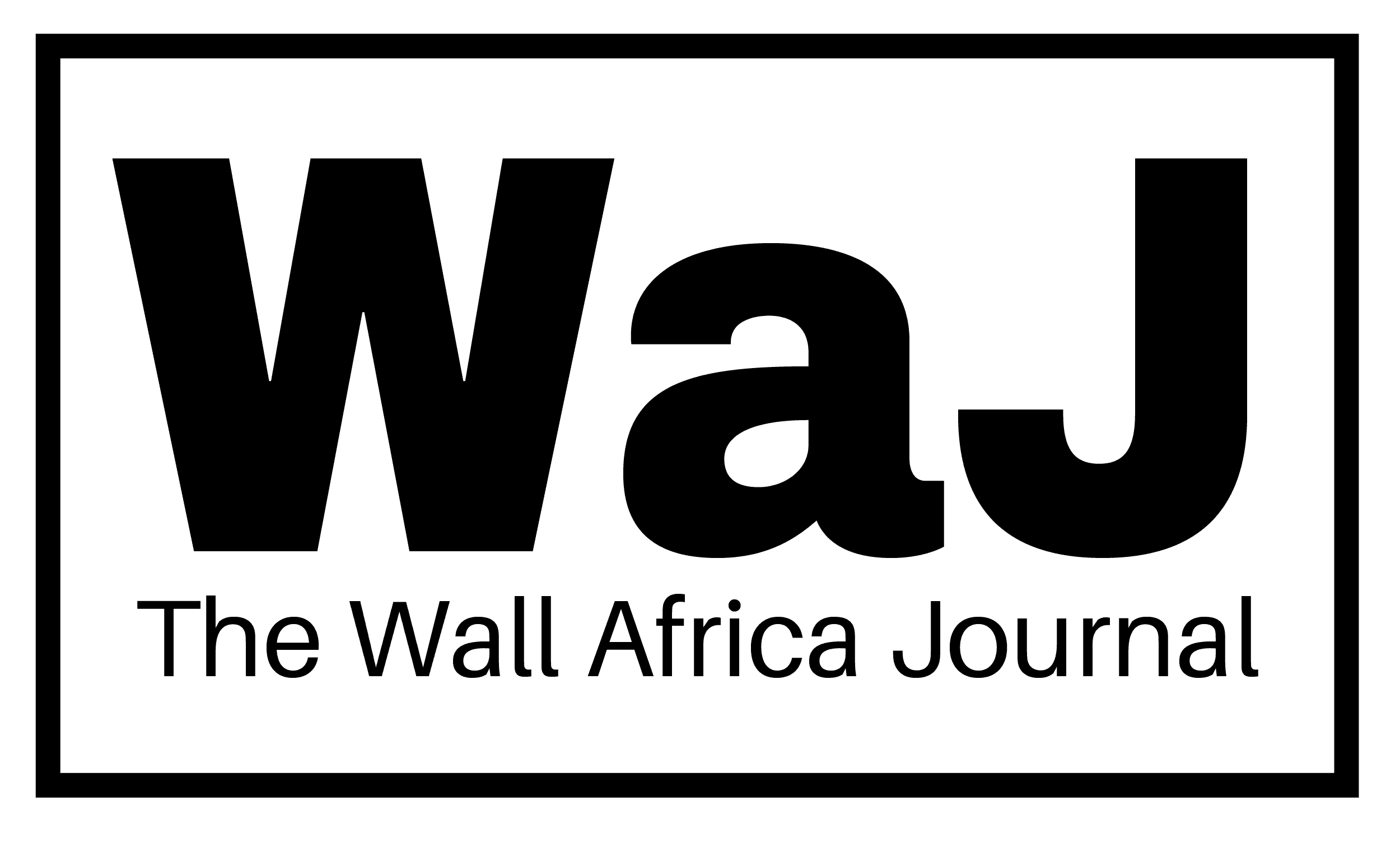The militant group Al-Shabaab continues to maintain a significant financial base, generating an estimated annual income of between $100 million and $200 million, according to a new report released by Insight Intelligence.
The report, authored by security analyst Elena Martynova, highlights Al-Shabaab’s reliance on domestic revenue streams, including taxation of local businesses, mobile money transactions, and remittances. These financial mechanisms remain key to the group’s ability to sustain its operations across Somalia.
Martynova notes that Al-Shabaab has strategically leveraged cash economies and local banking systems to coordinate its financial flows and carry out planned attacks. Despite increased international counterterrorism efforts, the group’s robust funding has allowed it to remain a persistent threat within Somalia and across the Horn of Africa.
“Al-Shabaab’s evolving alliances and financial autonomy make it more dangerous and harder to dismantle,” Martynova warns in the report.
She further observes a growing strategic alignment between Al-Shabaab and other extremist networks, including Jama’at Nusrat al-Islam wal-Muslimin (JNIM), al-Qaeda in the Arabian Peninsula (AQAP), and Yemen’s Houthi movement—part of the Iran-aligned axis.
One of the more concerning revelations in the report is the suggestion that the Houthis are working with the Islamic State (ISIS) faction in Somalia, potentially acting as intermediaries between ISIS and Al-Shabaab. If true, this would indicate a deepening complexity in the operational dynamics between rival jihadist groups in the region.
The report warns that as long as Al-Shabaab maintains its economic resilience, efforts to contain or defeat the group will continue to face serious challenges.



